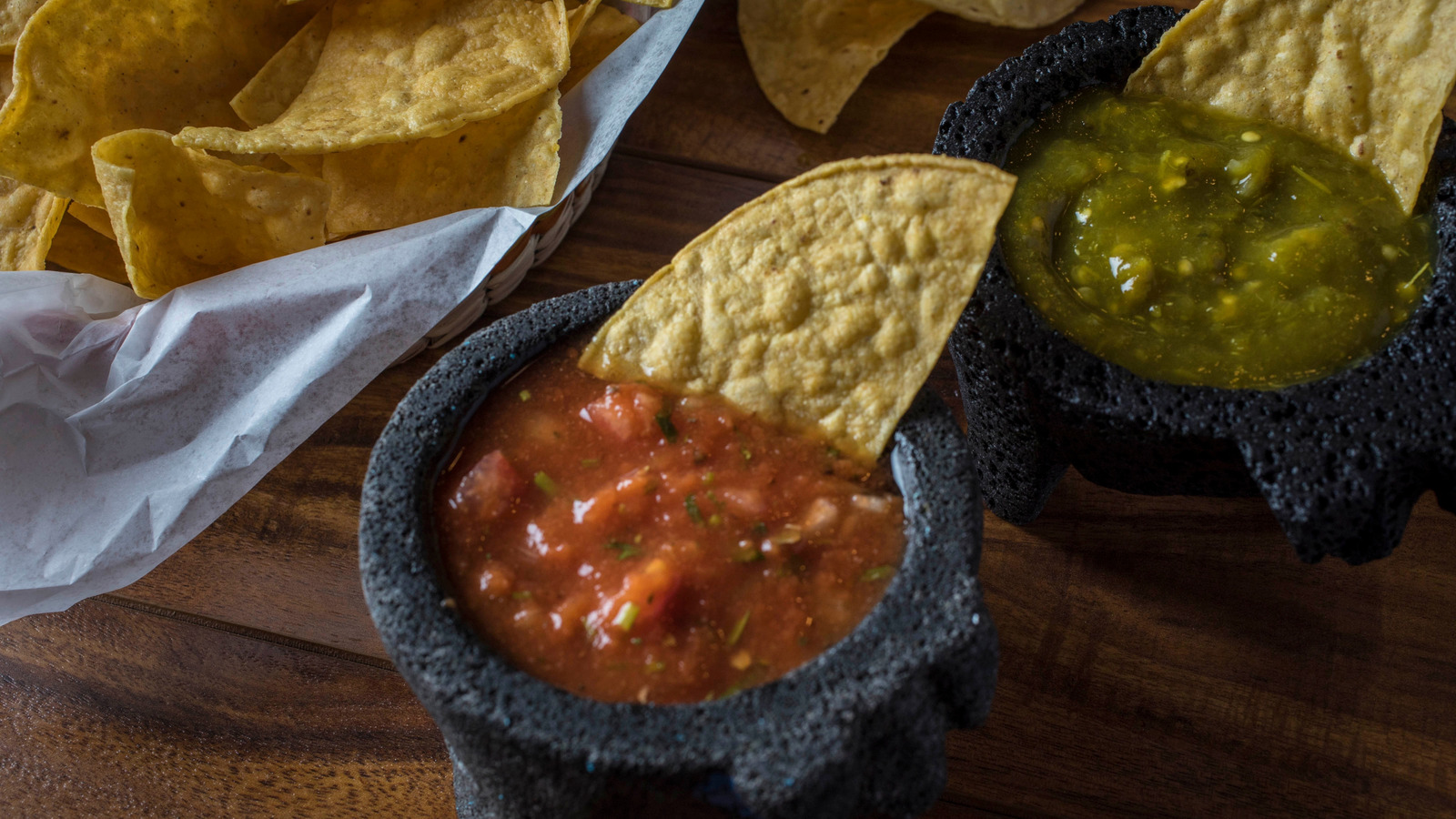
"If the salsa is homemade, the restaurant is more likely to have fresh, healthy, authentic food. Homemade salsa not only tastes superior to store-bought salsa, but it also indicates a commitment to quality and flavor. If the salsa is bad, it will affect the taste and presentation of everything it is served with. You can judge a Mexican restaurant's quality from its salsa."
"Salsa roja, or red sauce, is a staple salsa used on everything from tortilla chips to tacos to burritos. It is made from tomatoes, onions, garlic, and chili peppers. It can range from mild to spicy depending on the chiles used, and can be served smooth, thick, or chunky. Some restaurants offer more than one type, but it should always be made fresh in-house."
"Salsa taquera, or taco sauce, is typically blended so that it is smooth. It is made from tomatoes, onion, garlic, and spices, along with either chiles de arbol or tomatillos. Salsa verde, or green sauce, is salsa taquera made with roasted tomatillos. These salsas can be used for a restaurant's signature enchiladas, tacos, burritos, and other dishes, as well as served with tortilla chips."
Homemade salsa signals that a restaurant prioritizes freshness, healthiness, authenticity, and commitment to flavor, while bad salsa harms the taste and presentation of all dishes. Key salsas to evaluate are salsa roja, salsa taquera or salsa verde, and pico de gallo. Salsa roja is a versatile red sauce made from tomatoes, onions, garlic, and chiles, varying in heat and texture and ideally prepared fresh in-house. Salsa taquera is a smooth blended sauce often using chiles de arbol or tomatillos; salsa verde uses roasted tomatillos. Pico de gallo combines diced tomatoes, onion, cilantro, jalapeño or serrano, lime, salt, pepper, and garlic.
Read at Tasting Table
Unable to calculate read time
Collection
[
|
...
]